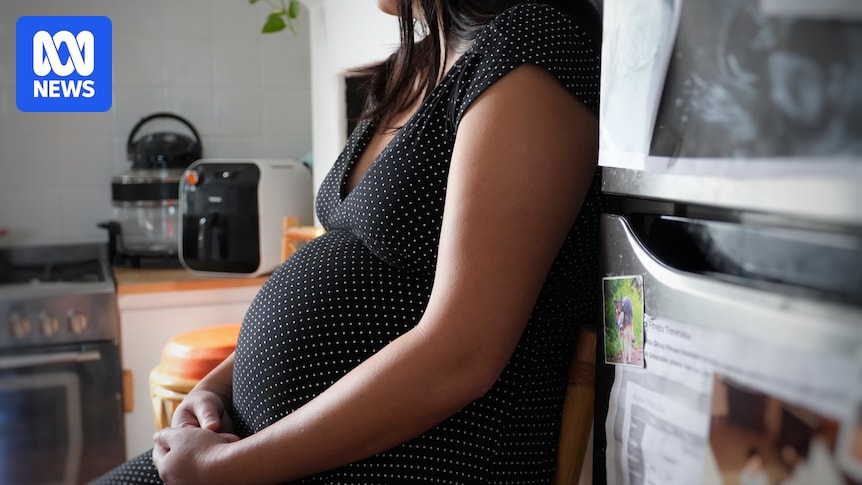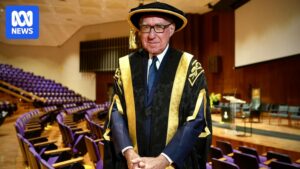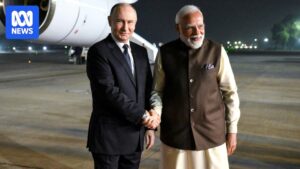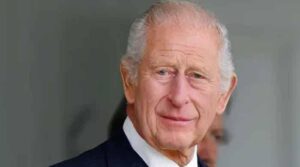
Australia’s baby recession has deepened, with new data revealing the nation’s fertility rate has hit a record low. The Australian Bureau of Statistics (ABS) reported that the fertility rate dropped to 1.48 babies per woman in 2024, down from 2023 figures. This decline highlights a growing concern over Australia’s demographic future.
Parents in Australia are also choosing to have children later in life. The median age for mothers in 2024 was 32.1 years, while for fathers, it was 33.9 years. Beidar Cho, the head of demography at ABS, noted that this trend reflects broader societal shifts, including increased access to education and higher workforce participation by women.
Changing Family Dynamics and Economic Pressures
The past decade has seen the median age of mothers increase by 1.2 years and fathers by 0.9 years. According to Australian National University demographer Liz Allen, the downward trend in fertility is not solely a matter of choice. She argues that many young Australians face “insurmountable” barriers to starting families.
“When we ask in surveys what people’s intended or desired number of children is, they generally report a higher number than what they achieve,” Dr. Allen said.
Dr. Allen points to housing affordability, economic security, gender inequality, and climate change as significant issues not being adequately addressed by the government. These factors contribute to a fertility rate that has remained below the replacement level since the mid-1970s.
Personal Stories and Societal Challenges
The implications of these statistics are felt deeply on a personal level. Cassie Tweddle, a 33-year-old hairdresser, is among many Australians delaying or forgoing parenthood due to financial constraints. “We are not having kids because nowadays you have to choose one thing. You can’t afford to buy a house, commute to work, and pay for childcare,” she explained.
For same-sex couples, the journey to parenthood presents even greater challenges. Despite recent federal government commitments to provide Medicare rebates for LGBTIQ+ couples and single people accessing assisted reproductive technology, Dr. Allen highlights the ongoing barriers. “Technological improvements aid a whole range of family types, but policy and the costs associated with that healthcare have not kept pace,” she noted.
Global Perspectives on Declining Birth Rates
Australia’s situation is not unique. Other countries are grappling with similar demographic challenges and are experimenting with various strategies to boost birth rates. In Poland, a hotel chain is incentivizing couples to conceive during their stays, offering rewards like free special events for those who can prove a conception occurred at their properties.
Meanwhile, China plans to introduce cash incentives for parents to help with childcare costs, aiming to reverse a three-year decline in birth rates. In South Korea, an island is offering subsidized housing for just $28 a month to encourage residents to start families, as the country struggles with the world’s lowest birth rate.
The high cost of living, housing, a competitive job market, and societal factors like gender inequality have contributed to the low fertility rate, which President Yoon Suk Yeol declared a “national emergency.”
The Road Ahead for Australia
The ABS projects that by the mid-2050s, deaths will outnumber local births in Australia, raising concerns about the long-term sustainability of the population. As policymakers grapple with these issues, there is a growing call for comprehensive strategies that address the economic and social barriers to family formation.
Looking forward, experts like Dr. Allen emphasize the need for policies that support affordable housing, economic stability, and gender equality. These measures could help create an environment where Australians feel empowered to start and grow their families, reversing the current downward trend in fertility rates.






